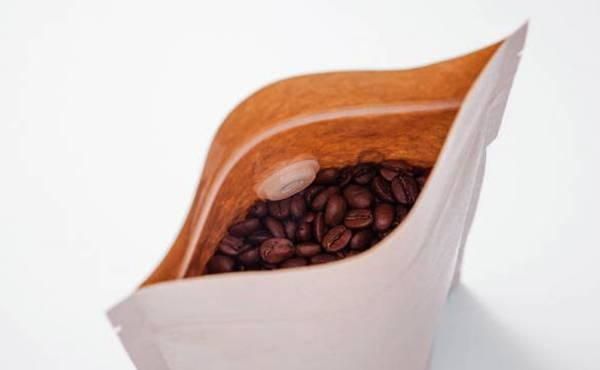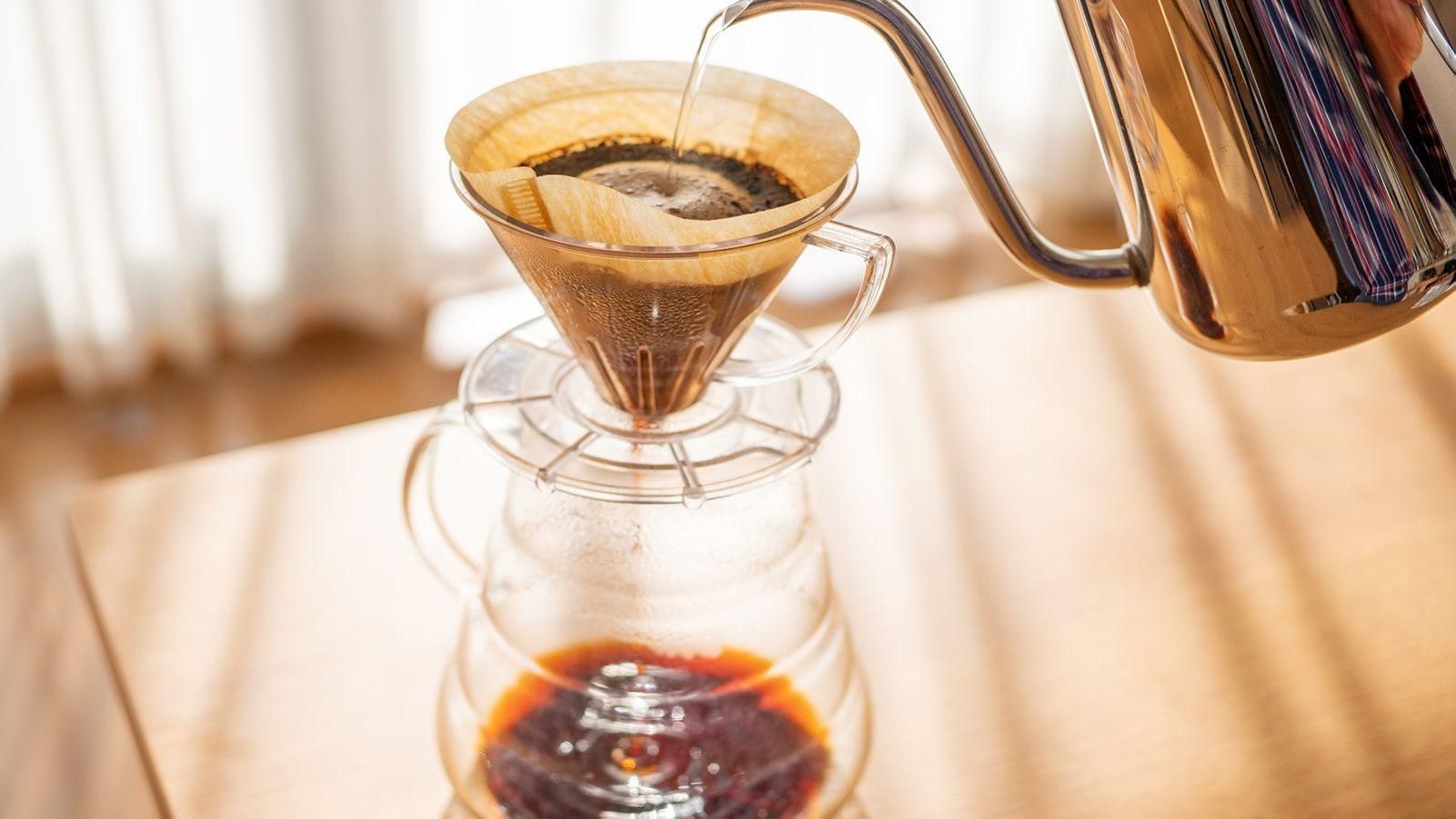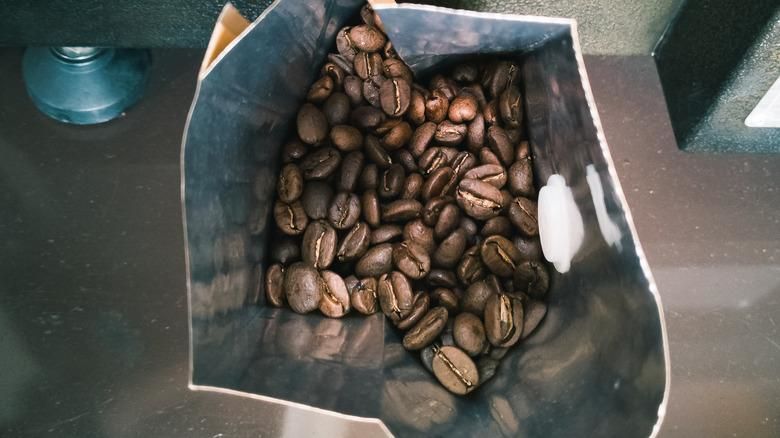The one-way gas exchange valve, which was invented in the 1960s, completely changed coffee packaging.
Prior to its creation, it was almost hard to store coffee in flexible, airtight packaging. Degassing valves have consequently earned the title of unheralded hero in the realm of coffee packaging.
Degassing valves have made it possible for roasters to carry their goods farther than before while also assisting consumers in keeping their coffee fresher for longer.
Multiple speciality roasters have combined coffee bag designs to include flexible coffee packaging with an integrated degassing valve, and it has become the norm.
Having stated that, are degassing valves need to be installed on the top of coffee packing for use?
How do coffee bags’ degassing valves function?
Degassing valves essentially function as a one-way mechanism that lets gases leave their former residences.
Gases from packaged goods need a route to escape in a sealed environment without damaging the bag’s integrity.
The words “out-gassing” and “off-gassing” are frequently used interchangeably with the degassing process in the coffee business.
Degassing is the procedure by which roasted coffee beans release carbon dioxide that had previously been absorbed.
However, there is considerable distinction between out-gassing and degassing in the practical vocabulary of chemistry, particularly geochemistry.
Out-gassing is the term used to describe the spontaneous and natural expulsion of gases from their prior solid or liquid housings at the point of state change.
While degassing would typically indicate some human involvement in the separation of emitted gases, this is not always the case.
Out-gassing valves and degassing valves frequently have the same design, extending this terminological semantic distinction to coffee packaging.
This is so that gas exchange can take place when a coffee bag is squeezed to promote gas exchange or naturally occurs with the ambient external environment.
A cap, an elastic disc, a viscous layer, a polyethylene plate, and a paper filter are the common components of degassing valves.
A valve contains a rubber diaphragm with a viscous layer of sealant liquid on the interior, or coffee-facing, side of the diaphragm. This keeps the surface tension against the valve constant.
Coffee releases CO2 as it degasses, increasing pressure. The fluid will push the diaphragm out of place once the pressure within the roasted coffee bag exceeds the surface tension, allowing the extra CO2 to escape.
Are degassing valves required in the packing of coffee?
Degassing valves are a crucial component of coffee bags with good design.
Gases are likely to accumulate in the pressured space if they are not included in packaging meant for freshly roasted coffee.
Furthermore, the packaging may rip or otherwise jeopardise the integrity of the coffee bag depending on the type and characteristics of the materials.
Complex carbohydrates are broken down into smaller, simpler molecules during the roasting of green coffee, and both water and carbon dioxide are created.
In reality, the quick release of some of these gases and moisture is what causes the famous “first crack” that many roasters employ to regulate and manage their roast characteristics.
However, after the initial crack, gases continue to form and don’t completely dissipate until a few days after roasting. This gas requires a place to go as it is continuously released from roasted coffee beans.
Freshly roasted coffee would not be acceptable for a sealed coffee bag without a valve for proper gas escape.
When the coffee is ground and the first drop of water is added to the pot for brewing, some of the carbon dioxide created during roasting will still be present in the beans and will be expelled.
This bloom, which is seen in pour-over brews, is frequently a reliable sign of how recently roasted a coffee is.
Similar to coffee bags, a small amount of carbon dioxide in the headspace can aid in extending shelf life by blocking harmful oxygen from the surrounding air. However, excessive gas buildup could result in the packaging rupturing.
It’s crucial for roasters to take into account how long the valves used in coffee packaging will last. Options for end-of-life disposal once the user is through using the product can be affected by material variances.
It would be reasonable for the valves to be the same if, for instance, a roaster’s coffee bags are made to be industrially biodegradable.
Another approach is to use a degassing valve that can be recycled. It’s important to note that with this option, users would be required to remove the valves from the packing and dispose of them separately.
If packaging components can be thrown away with the least amount of consumer effort and, ideally, as a single unit, they often have the best potential of being cradle-to-grave sustainable.
There are numerous options for environmentally friendly degassing valves. Recyclable degassing valves provide the same properties as plastics without the negative environmental effects since they are created using injection-molded bioplastics derived from renewable resources, such as crops.
To guarantee that packaging gets to the right facility, roasters must remember to remind customers how to dispose of discarded coffee bags.
Where on coffee packaging should degassing valves be placed?
Be it stand-up pouches or side-gusseted bags, flexible packaging has emerged as the market’s preferred option for coffee packaging.
Degassing valves are obviously essential to maintain the package integrity of freshly roasted coffee beans as they do so.
The precise location of the valves, however, should be taken into account.
Roasters may choose to install valves inconspicuously or in a location that complements the look of their branding, according on their aesthetic preferences.
Although valve placement can be altered, are all spots created equal?
The degassing valve should be situated in the headspace of the bag for best performance since here is where the majority of the released gases will collect.
The structural soundness of the coffee bags must also be taken into account. A central location is ideal since positioning a valve too close to a seam might weaken the packing.
However, there is some flexibility in terms of where roasters can put a degassing valve, particularly along the centre line, near the top of the packing.
Although functional packaging components are understood to have a specific purpose by today’s environmentally concerned consumers, bag design still plays a significant role in buying decisions.
Although it could be difficult, degassing valves should not be ignored when designing the artwork for coffee bags.
At Cyan Pak, we give roasters the choice between classic one-way degassing valves and 100% recyclable, BPA-free degassing valves for their coffee bags.
Our valves are adaptable, lightweight, and reasonably priced, and they may be used with any of our environmentally friendly coffee packaging choices.
Roasters can select from a variety of recyclable materials that reduce waste and support a circular economy, including kraft paper, rice paper, and multilayer LDPE packaging with an eco-friendly PLA inner.
Additionally, because we employ cutting-edge digital printing technology, our entire line of coffee packaging is completely customizable. This enables us to provide you with a speedy turnaround time of 40 hours and 24-hour shipping time.
Post time: Jul-30-2023






